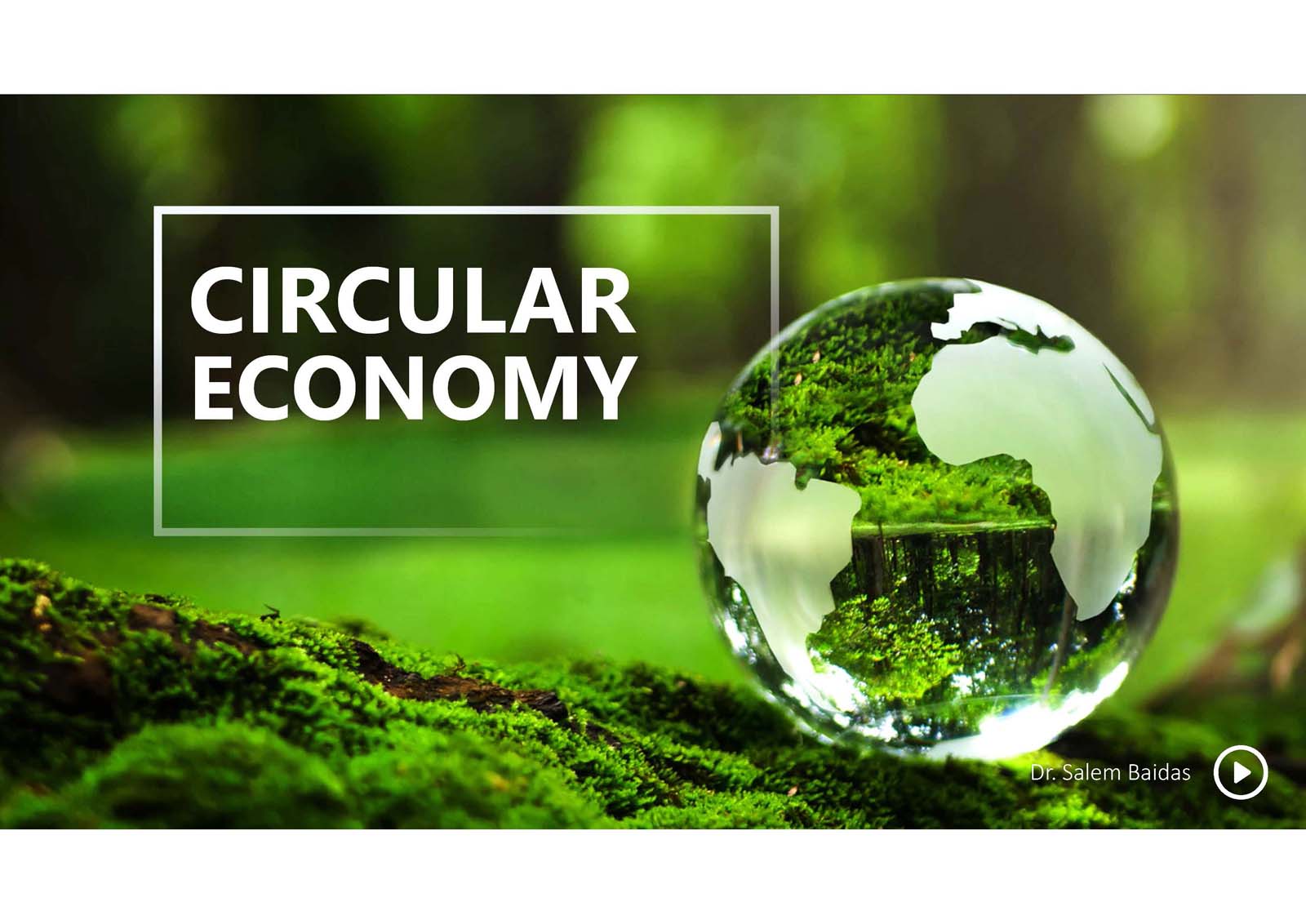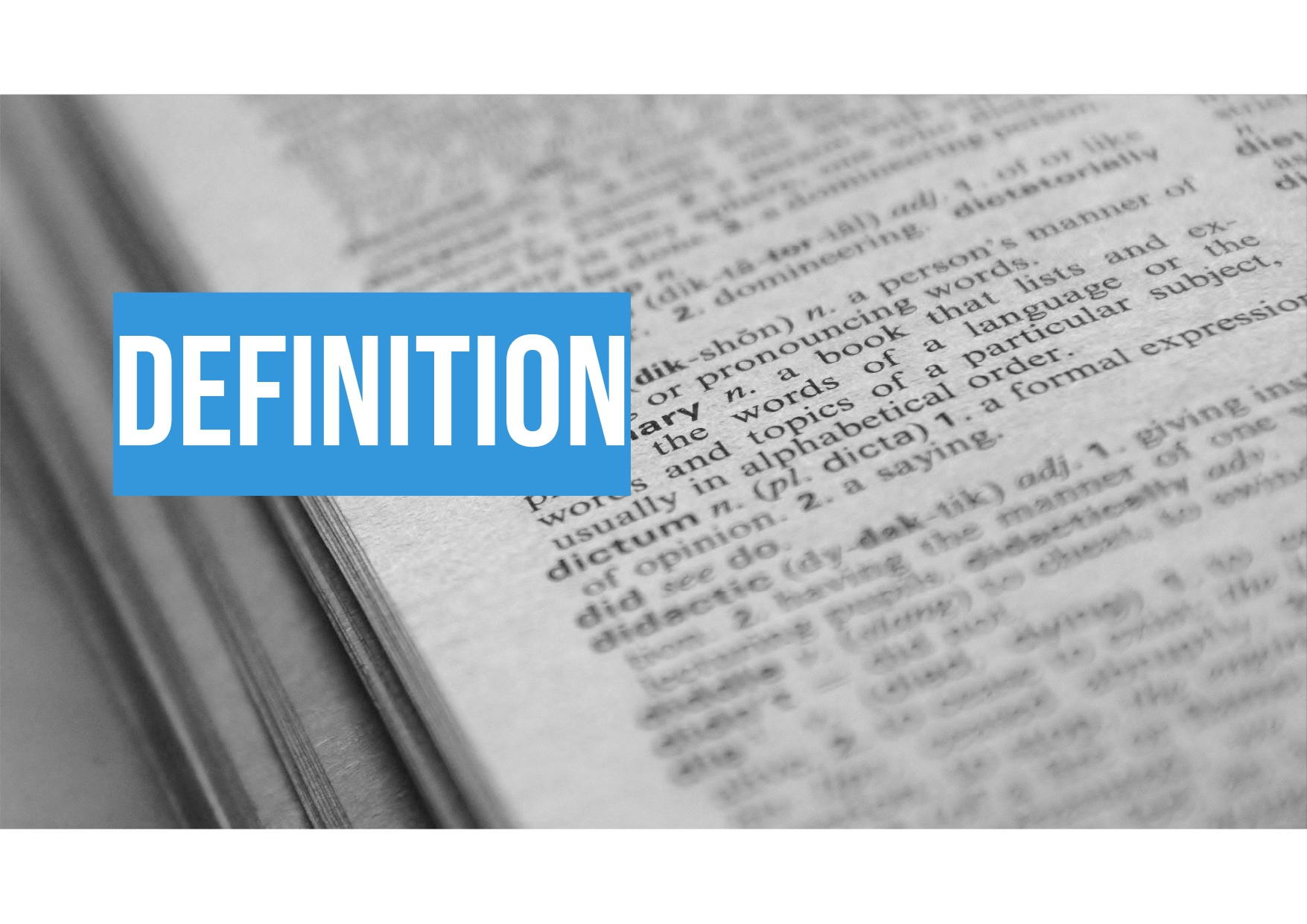Circular Economy
May 2024 – The Circular Economy is a sustainable economic model that promotes the reuse and recycling of materials to reduce natural resource consumption and waste generation. It conserves materials, redesigns products for less resource consumption, and utilizes waste as a resource to manufacture new products. The circular economy model maximizes efficiency and minimizes negative environmental impacts through a closed loop involving the 4Rs (Reduce, Reuse, Recycle, and Refuse). It has many benefits, including pollution and carbon emission reductions, resource conservation, innovation enhancement, new employment opportunities, and economic growth. However, the circular economy transition faces challenges, such as high initial investment costs, lack of efficient recycling technology, lack of regulations, complex supply chain changes, and lack of consumer awareness. To address these challenges, companies and manufacturers should design products for circularity, communicate effectively with suppliers, encourage the development of policies governing the circular economy, and raise consumer awareness. Policy-wise, it is an essential part of the sustainability agenda and can significantly contribute to several Sustainable Development Goals (SDGs) adopted by the United Nations (UN). The transition to the circular economy directly supports SDG 12 on sustainable consumption and productivity and indirectly supports SDGs 2, 6, 7, 13, and 15.
In this slideshow, you will learn about the definition, principles, benefits, challenges, solutions, UN policy, and global statistics of Circular Economy.























